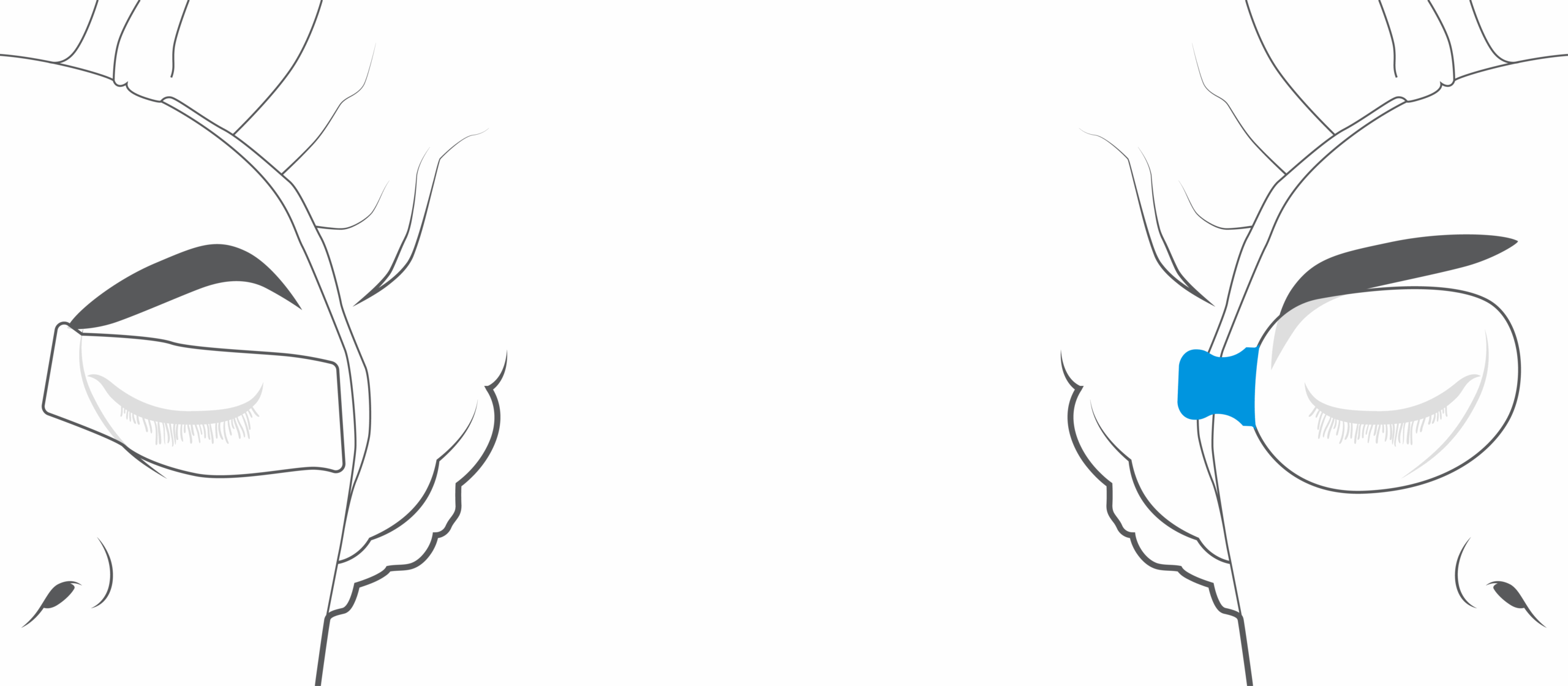Eye protection in the OR is standard — but are we using the best method? While surgical tape has long been the go-to, new research and frontline experience are pointing toward ergonomic, latex-free eye patches as the safer, more effective choice. This post explores why surgical teams are making the switch — and how design impacts safety, efficiency, and patient outcomes.

During general anesthesia, eyelids don’t close fully in up to 59% of patients, increasing the risk of:
- Corneal abrasions
- Dry eye syndrome
- Post-op discomfort
Most of these are preventable with proper protection — but not all solutions are created equal.
🛑 Why Traditional Tape Falls Short
Plain surgical tape may:
- Apply uneven pressure to the orbital area
- Curl or detach mid-procedure
- Leave residue or cause irritation
- Be difficult to apply uniformly — especially in pediatric or geriatric patients
This can lead to avoidable complications, particularly in lengthy procedures or sensitive specialties like ophthalmology or ENT.
💡 The Ergonomic Shift in Surgical Supplies
“Ergonomics” in surgery isn’t just for instruments — it applies to everything that touches the patient.
An eye patch designed with:
- Pre-cut curves
- Soft, skin-friendly adhesive
- Easy handling and visibility
…ensures secure placement, clinician ease, and patient comfort.
🌱 Latex-Free: More Than a Buzzword
Latex sensitivity is more common than many clinicians realize — and exposure, even from seemingly minor items like tape, can lead to:
- Skin reactions
- Conjunctivitis
- In rare cases, anaphylaxis
Using latex-free ocular protection reduces risk across the board — especially in diverse OR teams and global settings.
🔄 Rethinking Small Details = Big Outcomes
Switching from tape to purpose-built eye patches can:
- Decrease error rates
- Improve workflow in the OR
- Reduce the need for corrective actions post-surgery
- Support institutional infection control and allergy protocols
📣 Final Thoughts
As surgical tools evolve, so should our protective practices. Eye protection might seem like a small step, but with better design and material choices, it becomes a powerful safeguard.
The shift to ergonomic, latex-free eye patches like Panda Patch™ is already underway — and it’s making the OR safer for everyone.


